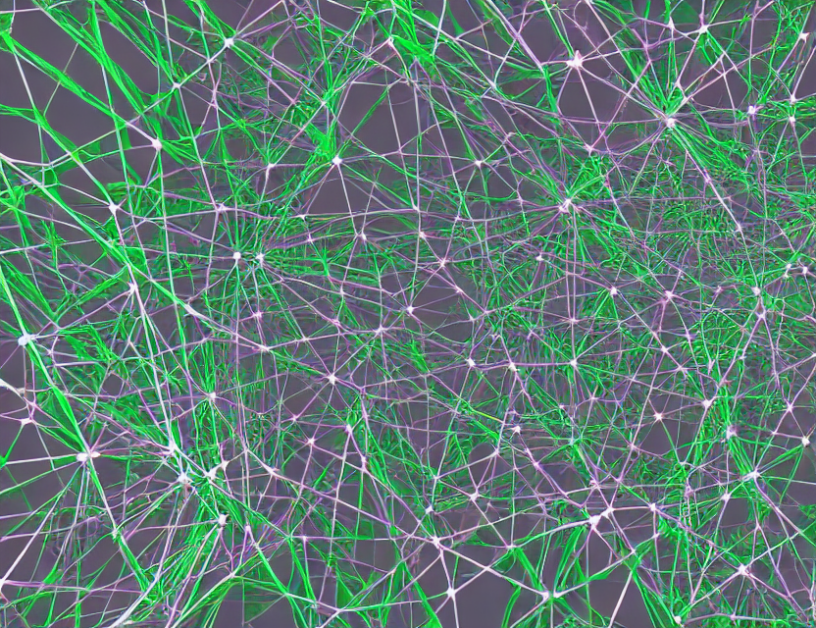In this survey, the authors dive into the realm of graph neural networks (GNNs) and their attention mechanisms. GNNs are a type of neural network designed to handle graph-structured data, which is ubiquitous in many applications such as social networks, citation networks, and recommendation systems. However, GNNs face challenges when dealing with large graphs due to the computational complexity and scalability issues. Attention mechanisms were proposed to address these problems by selectively focusing on important parts of the graph.
The authors discuss several attention mechanisms for GNNs, including node-wise attention and hop attention. Node-wise attention mechanisms, such as the one proposed in [26], consider each node’s importance in the graph independently, while hop attention mechanisms, like those presented in [27] and [28], take into account the node’s neighbors and their relationships to determine its importance.
The authors also highlight the importance of selectively aggregating features from different DP operators (densely and sparsely connected nodes) for each node. This selection process is crucial in capturing the semantic meaning of the graph structure, as different DP operators provide distinct structural insights. For example, in [29], the authors show that using selective attention based on DP operators improves the performance of GNNs in citation networks.
The survey concludes by discussing the challenges and future directions for GNNs with attention mechanisms. One of the main challenges is designing efficient attention mechanisms that can handle large-scale graphs while maintaining computational efficiency. Another challenge is understanding the interpretability and robustness of attention mechanisms, which are crucial in many applications such as recommendation systems and fraud detection.
In summary, this survey provides a comprehensive overview of attention mechanisms in GNNs, their advantages, and challenges. The authors highlight the importance of selective attention in capturing the semantic meaning of graph structures and the need for efficient and interpretable attention mechanisms in large-scale graphs. By understanding these concepts, researchers and practitioners can develop more accurate and robust GNN models for various applications.
Computer Science, Machine Learning
Unlocking Graph Neural Networks’ Power: Node-wise DP Attention



